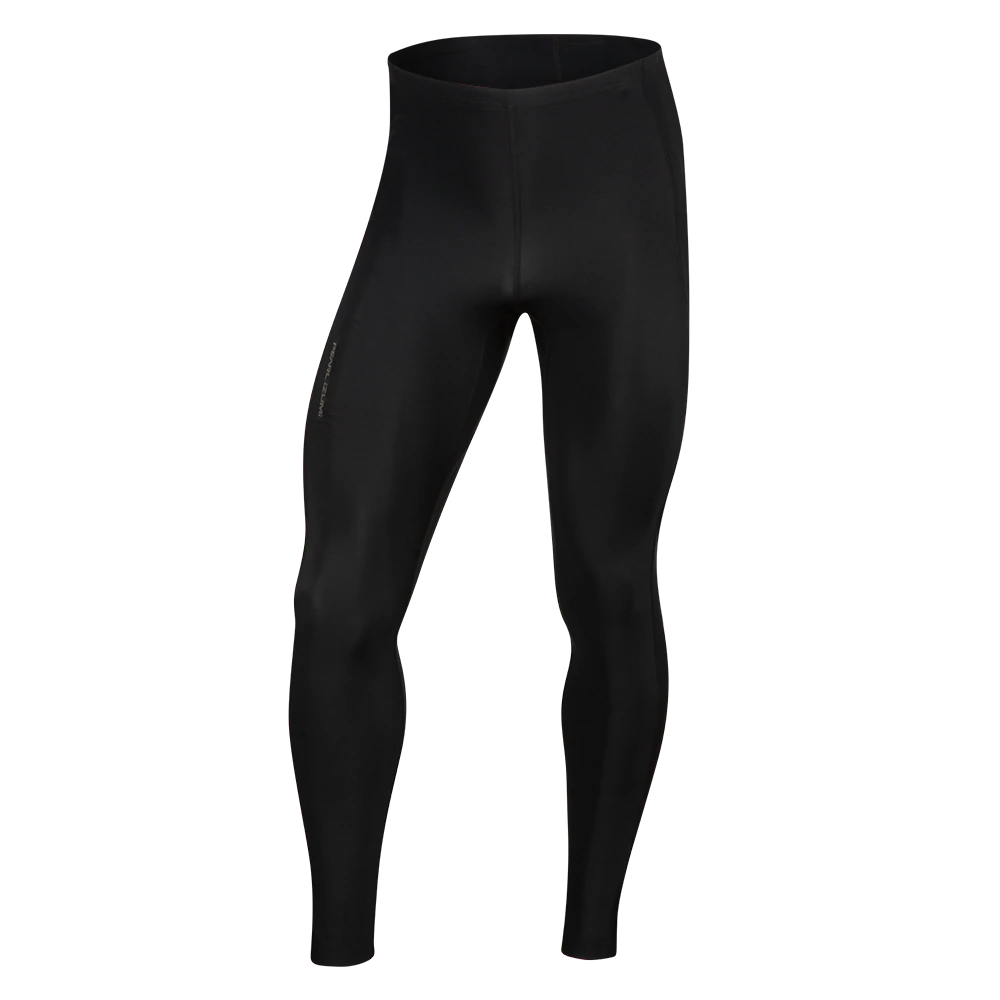The Herald-Sun
December 8, 2004 8:17 pm
DURHAM — I look forward to winter cycling all summer. The air dries and gets crisp. I feel like I can breathe again after six humid months of holding my breath. The sky is more blue than haze, and with the deciduous leaves off the trees, I can see farther into the scenery of my ride.
A lot of cyclists hang up their bikes this time of year and either turn to other sports to get them through the winter or just soften up around the middle. But, for those of us who either don’t want to or can’t give up cycling for even a few months, we really don’t have to.
It’s not hard to ride through the winter. Just changing a couple of your habits will help: wear different clothes and ride a little more cautiously. Sure, there will be a few days in February when the roads are too icy to ride safely, but then again, you probably shouldn’t drive on these days either. For the most part, Durham’s winters are relatively mild and cycling can be a year round activity.
Obviously, we need to dress a little warmer in December than in June. Whether you want to spend a lot or a little to brace against the cold, here are a few ideas to help keep you on the bike this winter.
Plan to start out a little cold, because no matter how cold it is you’re going to sweat once your feet start spinning, trust me. Polyester, nylon and other synthetics wick moisture away from your body and dry out much faster than cotton. This means they’ll keep you warm even while you sweat.
Dress in layers. I know, everyone including your parents says it, but that’s because it’s good advice. Dressing in layers means that half way though your ride you can peal off the outermost layer so that you don’t risk overheating.
You need something to protect your hands, and I recommend long-fingered gloves with tacky palms and fingers. Some people swear by mittens, claiming they’re warmer, but remember that you need the manual dexterity to grab the brake levers. Mittens are a little too restrictive. Gore-Tex, the company famous for water-proof breathable membranes in outdoor clothing, has a WindStopper technology you can find in gloves.
For your chest, a vest is best. Vests, or gilets as cyclists call them, keep your upper body warm and you won’t overheat. I wear a simple fleece vest for most of the winter. On bitterly cold days, add arm warmers (think socks for your arms) or a thin, breathable, wind-proof jacket.
Tights will keep your legs warm. You don’t need anything fancy. Long underwear under a pair of shorts works just as well as a pair of cycling tights. Pearl Izumi makes affordable tights, of both the pull-over and bib variety, that will keep you warm in the deepest of winter.
Most of the time, a headband covering your ears will be enough warmth for your head. Some mornings, though, you’ll want more protection over your face. Try a balaclava, a cyclist’s fancy term for a thin ski-mask.
Until I learned the trick to keeping my feet warm, my toes would freeze no matter how many pairs of socks I’d cram into my shoes. The trick is to add layers of wind protection outside the shoe. From your local bike shop you can buy neoprene booties that slip over your shoe, leaving room for contact with the pedal. Or, you can make your own. Find an old sock big enough to fit over your shoe. Slide the sock on the shoe and cut a hole in the bottom of the sock, just big enough for contact with pedals. Wrap the sock in duct tape. It’s not pretty, but it’ll keep your toes warm.
Last, invest in a good set of lights, handlebar or helmet-mounted. Until daylight savings comes back around, you’ll need a headlight or two to find your way home after 5 p.m. And don’t forget the red taillight.
So, until you need a Zamboni to get down Roxboro Road, keep warm, ride safe, and I’ll see you on the trails.

